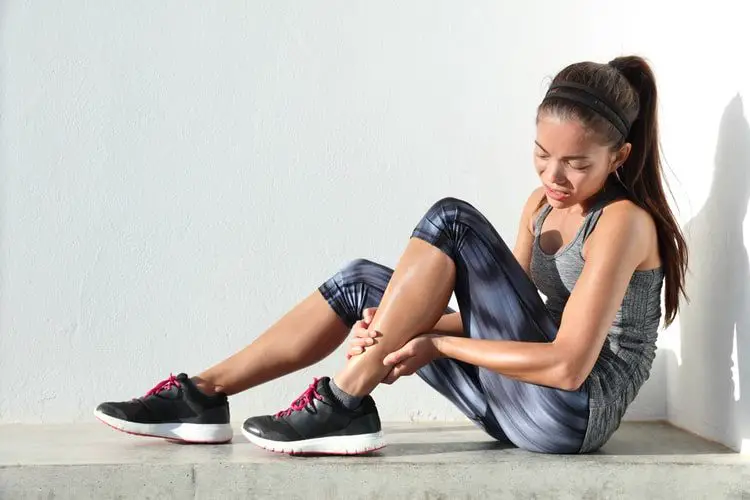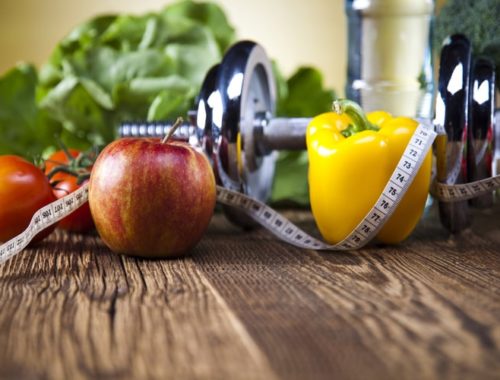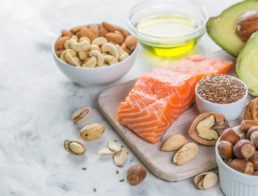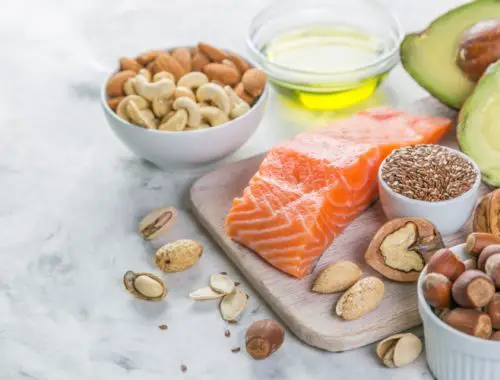There’s nothing better than the glow, pride and body confidence that comes after a great workout. However, it’s important to take the time for proper recovery and care to safely transition your muscles and joints out of exercise, and prevent overly sore muscles. In this article, we explain the best strategies to warm-up and cool-down to properly prime your body for exercise, and how to relieve sore muscles after a workout.
The Warm-Up
Warming up really is that important, and you should be sure to dynamically warm up the specific muscles you’re going to use in your workout. For example, if you’ll be doing weighted squats, include bodyweight squats in your warm-up. Along these same lines, make sure your muscles are properly conditioned for the load you’re placing on them. For example, increase reps and weight slowly over time instead of trying to lift heavy, all at once. Save static stretching (holding a stretch for 30 seconds or more) for post-exercise.
The Cool-Down
Along with helping to prevent excessive soreness, cooling down is also key for safely decreasing blood pressure, heart rate, body temperature and all body systems to their healthy baseline. A cool-down can simply be walking for 5 minutes and 5-10 minutes of static stretching.
Delayed Onset Muscle Soreness (DOMS)
Before we dive into the best ways to relieve sore muscles after a workout, you need to understand the concept of DOMS. Delayed Onset Muscle Soreness is exactly what the name suggests: feeling the ramifications of a workout several days after your sweat session. While DOMS can take effect sooner, it usually peaks around 48 hours post-workout and can effect any muscle group or area of the body that has been exposed to a new type of movement or activity, or a familiar exercise with increased intensity.
If you’ve ever had the experience of working out with no major soreness the following day but struggling to even get up out of your chair two days later, then you’ve had personal experience with this physiological phenomenon.
Just a little bit of science before we get into how to recover. The old and largely de-bunked theory that DOMS is caused by a build up of lactic acid and metabolic waste has been replaced by newer research. We now know that it is actually thought to have more to do with tiny, micro-abrasions in the connective tissue which lead to inflammation and pain.
Simply put, muscle damage contributes to muscle growth, also known as hypertrophy, which you still experience without extreme soreness. In fact, intense muscle soreness after a workout that lasts for days is usually a sign you pushed a little too hard during your workout.
Whether it’s DOMS or just your typical soreness, it’s important to know how to best relieve sore muscles after a workout. Here are out eight favorite strategies to stay pain-free, or at least to recover as quickly as possible.
8 Ways to Relieve Sore Muscles After a Workout
-
Foam Roll
Otherwise known as self myofascial release (SMR), foam rolling is the most common form of SMR, and most gyms will have foam rollers laying around or you can pick one up at any local sporting good stores. This method of stretching has been shown to provide incredible benefits such as the release of lymphatic fluid from your muscles, along with lessening muscular tension and connective tissue adhesions that commonly contribute to faulty movement patterns and poor posture.
Shoot for foam rolling before and after a workout, spending 5-10 minutes or longer. Focus on each muscle group starting from the calves and working your way up, and stopping for 30 seconds on any particularly sore, tender areas. Here is an instructional video to get you started.
-
Stretch
Proper stretching means both dynamic and static stretching. A dynamic stretching warm-up simply means a movement-based warm-up that targets the muscles and joints being used during your workout. Shoot for at least 5 minutes of dynamic movements, such as hamstring (frankenstein) kicks, butt-kickers, dynamic calf stretch, and hip circles.
Static stretching is best done after exercise, meaning you hold stretches for a minimum of 30 seconds. Take at least 5-10 minutes to dynamically stretch pre-workout and static stretch post-workout.
-
Eat Wisely
Nutrition can seriously help with relieving sore muscles, as it impacts the body’s ability to reduce inflammation and heal. Be sure to include a protein-rich meal or snack within 30-60 minutes after exercise (20-30 grams) and avoid inflammatory foods like refined sugars and grains like cakes, candies, cookies, white bread, pasta, etc. Ideally, have a balanced meal within an hour of your workout that includes a serving of protein, healthy fat, complex carbs and plenty of non-starchy veggies.
-
Hot and Cold
Alternating hot and cold might help to reduce muscle pain from exercise. Cold works by decreasing blood flow and inflammation, while heat helps to improve blood flow and promote relaxation. Never put either extreme heat or cold directly on your skin, but instead use an ice pack and a reasonably heated hot pad or water bottle, for example. You can alternate between hot for about three minutes, cold for one minute, repeating the cycle four to five times.
Interestingly, studies show that an ice cold bath or immersion of some sort might also help relieve symptoms of DOMS. If you really want to take heat therapy to the next level, you might consider investing in an at-home infrared sauna, which provides a myriad of incredible health benefits.
-
Don’t Skimp on your Warm-up or Cool-Down
I mention it above but it’s worth repeating: do not skip a warm-up and cool-down! Warming up is essential for prepping the body for exercise by increasing blood and oxygen flow, while cooling down presses the reset button on blood pressure and heart rate.
-
Use a Soothing Body Salve
Investing in a high quality body salve is worth its weight in gold for relieving sore muscles. A menthol topical has been shown to relieve pain more effectively than applying ice to sore muscles. Many salves contain soothing essential oils like lavender, eucalyptus and rosemary, while others provide herbs known to support muscle recovery such as camomile, arnica, turmeric and ginger.
Badger Balm’s Sore Muscle Rub is one of my absolute favorites, as it is made with 100% organic ingredients that are truly nourishing, as opposed to many products that contain chemicals and potential toxins.
-
Take an Epsom Salt Bath
Every cell in the human body requires magnesium to function optimally, and epsom salt is a natural and safe way to absorb magnesium through your biggest organ: the skin. Supplementing with magnesium and eating magnesium-rich foods like leafy greens is a double whammy when it comes to exercise, as studies show that magnesium can both improve exercise performance and relieve muscle soreness and cramping afterwards. You can find epsom salt at any local drug or grocery store, and you’ll simply mix four to five cups in a bath and soak for 20-30 minutes.
-
Workout More Often
This might sound counter-intuitive, but working out each muscle group at least three times per week will likely help you experience less pain and soreness, because your muscles will be better conditioned. Also, after an intense workout, you can find relief by doing a light workout for the next couple of days, instead of just stopping completely. With that said, let your body be your guide and if you are extremely sore, it’s probably best to rest completely or stick to very low-impact types of activity, like walking.
Muscle soreness is par for the course when exercising, so find your sweet spot. Pushing yourself just enough but not too much is the real key to avoid excessive DOMS, and incorporating these tips for sore muscle relief can make a world of difference.









